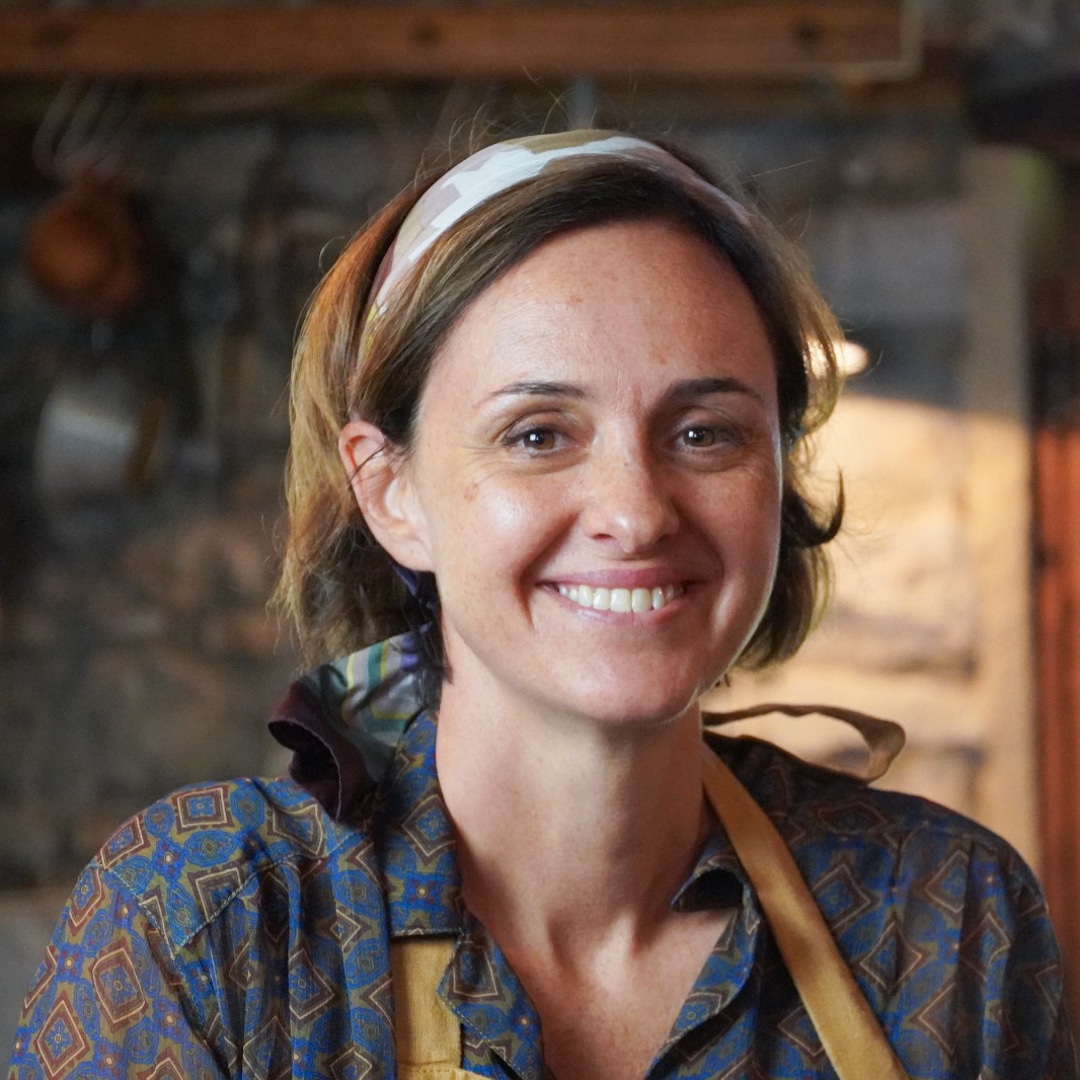In Liguria there are countless historical pasta shapes. “Gasse” are one of them. Literally they mean loops and they are an ancient Genoa pasta shape that few people still remember.
You know I love bringing to light historical food finds, not only to let them live again on our table but also because some recipes as so freaking easy and beautiful!
I found this recipe in one of the most ancient Genoese cookbook, “La vera cuciniera Genovese, facile ed economica” published by Emanuele Rossi in 1865.
The author there describes the name of this pasta as follow:
“CHIAMASI GASSE NEL DIALETTO GENOVESE CERTE PICCOLE E CORTE STRISCE DI PASTA RIPIEGATE SU SE STESSE E CONGIUNTE ALLA ESTREMITÀ IN MODO DA DARE LORO L’ASPETTO DI CAPPII O GALANI (CIÒ CHE APPUNTO SIGNIFICA LA VOCE GASSE)”
““CALLED GASSE IN THE GENOESE DIALECT CERTAIN SMALL AND SHORT STRIPS OF DOUGH FOLDED ON THEMSELVES AND JOINED AT THE END IN ORDER TO GIVE THEM THE APPEARANCE OF LOOPS OR NOOSE (WHAT PRECISELY MEANS THE VOICE GASSE)”
“La vera cuciniera Genovese, facile ed economica” (Page.75, Recipe.135)
They are in fact rings of pasta, similar to Neapolitan paccheri, created by bending on them and sealing the edges of small strips of fresh pasta.

How to give prominence to a single shape of fresh pasta if not accompanying it with a very simple but excellent seasoning?
Butter, sage and parmesan. This is the trio that most of all, in my opinion, brings in triumph the delicate taste of fresh pasta wrapping it in a melting, fragrant embrace.


To season my Genoese gasse I used Frascheri butter, a butter obtained only with fresh milk produced in Liguria, the perfect protagonist of a simple first course where the few ingredients really make the difference, especially if excellent and Ligurian!


Ingredients
- 150 g (5,3 oz) all purpose flour
- 150 g (5,3 oz) durum wheat flour / semolina (+ one for dusting the worktable)
- 1 egg
- 80 ml (1/3 cup) of water
- 20 ml (1 ½ tablespoons) of white wine (optional, to be replaced with water)
- 120 g (4 oz) unsalted butter
- 1 tablespoon of EVO oil
- 10 leaves of fresh sage
- 6 tablespoons of Parmigiano Reggiano
- Pepper tt.
Instructions
- Pour the flours on a work table, mix them and make a well in the center. Break the egg inside, pour water and wine.
- Mix the liquids with a fork and the start adding the flour little by little making it fall from the outer edges of the crater. When all the flour has been incorporated and the dough begins to stay together and to form crumbs (you can use a scraper to incorporate the flour) work it vigorously with your hands for 5-10 minutes until you get a smooth dough.
- The dough will be ready when pressing it with a fingertip the fingerprint will come back disappearing.
- Place the dough under a cup or wrap it in plastic wrap and let it rest for at least 30 minutes at room temperature.
- Roll out half of the dough (leave the other half covered to avoid it gets dry) with the rolling pin until it thin like a credit card. If you have a pasta maker, roll the dough from the largest setting to the one before the last.
- Cut the dough with a knife into stripes of 4 inches length and 1 inch width. Bend them and seal the borders together to obtain big rings, the “gasse”.
- Place them on a well-floured tray and repeat the operation with the other half of the dough. Let them dry for 30 minutes before cooking.
- Boil a pot of salted water and pour in your “gasse” fresh pasta. Cook for 6-8 minutes.
- Meanwhile, melt the butter in a large frying pan together with the spoon of EVO oil and fresh sage leaves. Let fry on very low heat for a couple of minutes making sure that the butter does not burn darkening and then turn off.
- Drain the pasta with a skimmer and pour it directly into the pan with the butter and sage, add the Parmesan cheese and stir over medium heat for 1 minute.
- Serve immediately with a sprinkling of pepper.

Need more inspirations and information on Liguria fresh pasta?
If you are curiose about Liguria pasta shapes you can have a look at my Liguria Food guide – Italian Riviera Tradizional pasta and where to buy ” there you will find an overview of all the shapes of pasta kneaded in Liguria since ever and some places where you can buy it.
If you are a fan of ravioli, then you cannot miss my Liguria Food guide – Italian Riviera stuffed pasta , where I recollect all the most famous dumplings & friends you can eat here.
In both articles you will find the link to get to the recipes on my blog!





